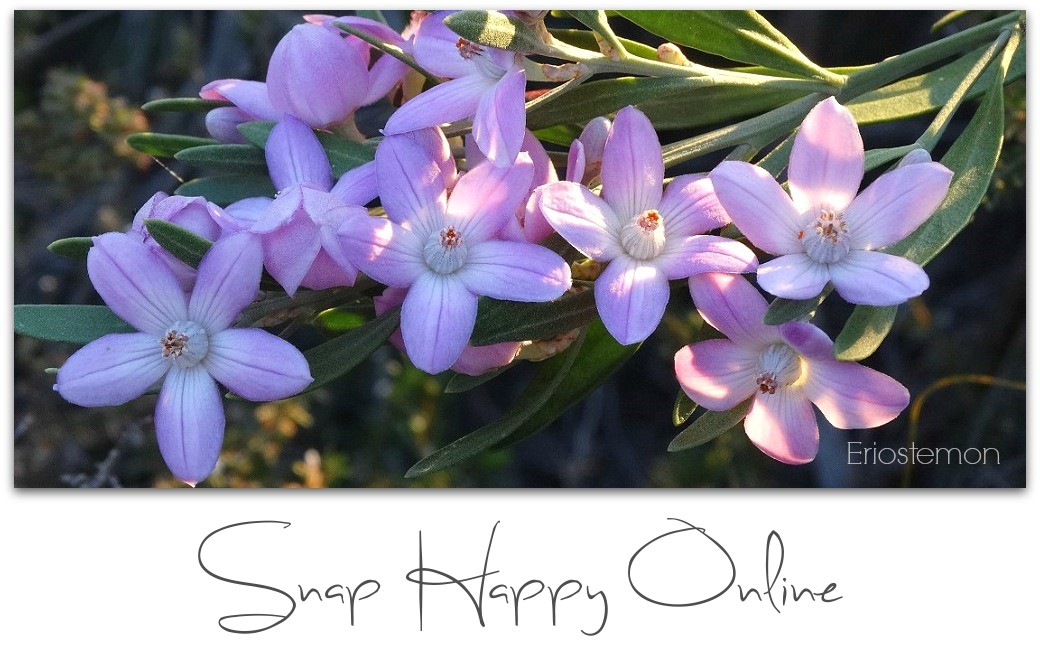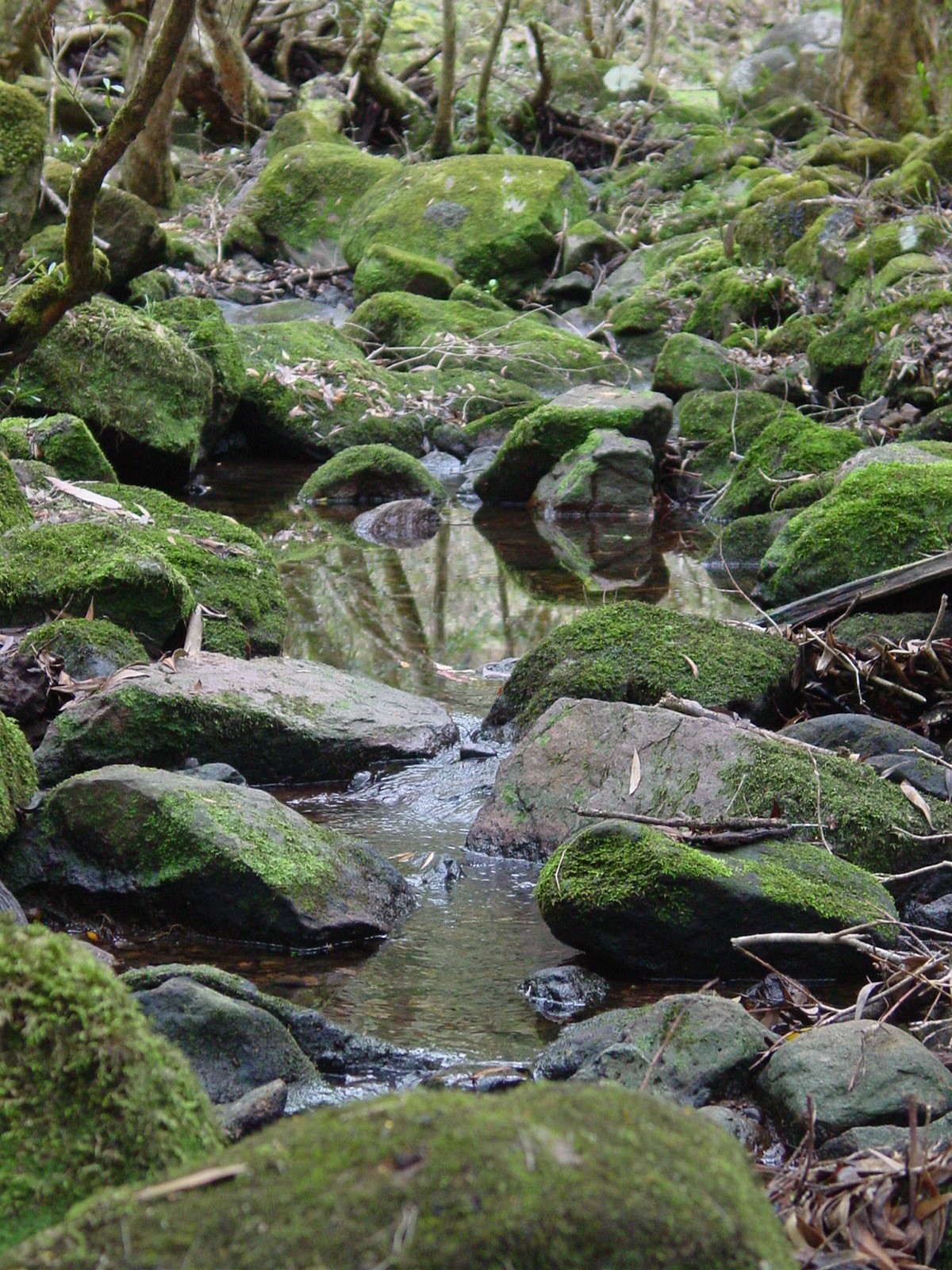Central Coast, Soldiers Beach; it was around 28 degrees celcius.
I'm not exactly sure, but I only know the green weed as kelp; I'm sure it's got a different name though. Do you know it?
Top right, would love to know what this is called also. It looks really pretty, almost coral-like, after the tide has rolled out. Later notation added: On good authority from Maggie S, it's Coralline Algae. Maggie writes "it is home to hundreds of little animals (except after it gets ripped out by storms and dumped on the beach I suppose). Thanks Maggie!
Lower right, it's a Cuttle-fish "shell" rather like a back-bone structure, and is great for caged birds as a form of calcium.
'sitting-up' style of para-gliding; a little different from the norm'
watch out for these Blue-bottle Jellyfish when walking along the sand, and don't tread on one! Their sting is poisonous, and painful.
a closer look at the pretty one!
Sharing with Nature Notes
























